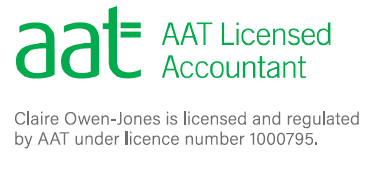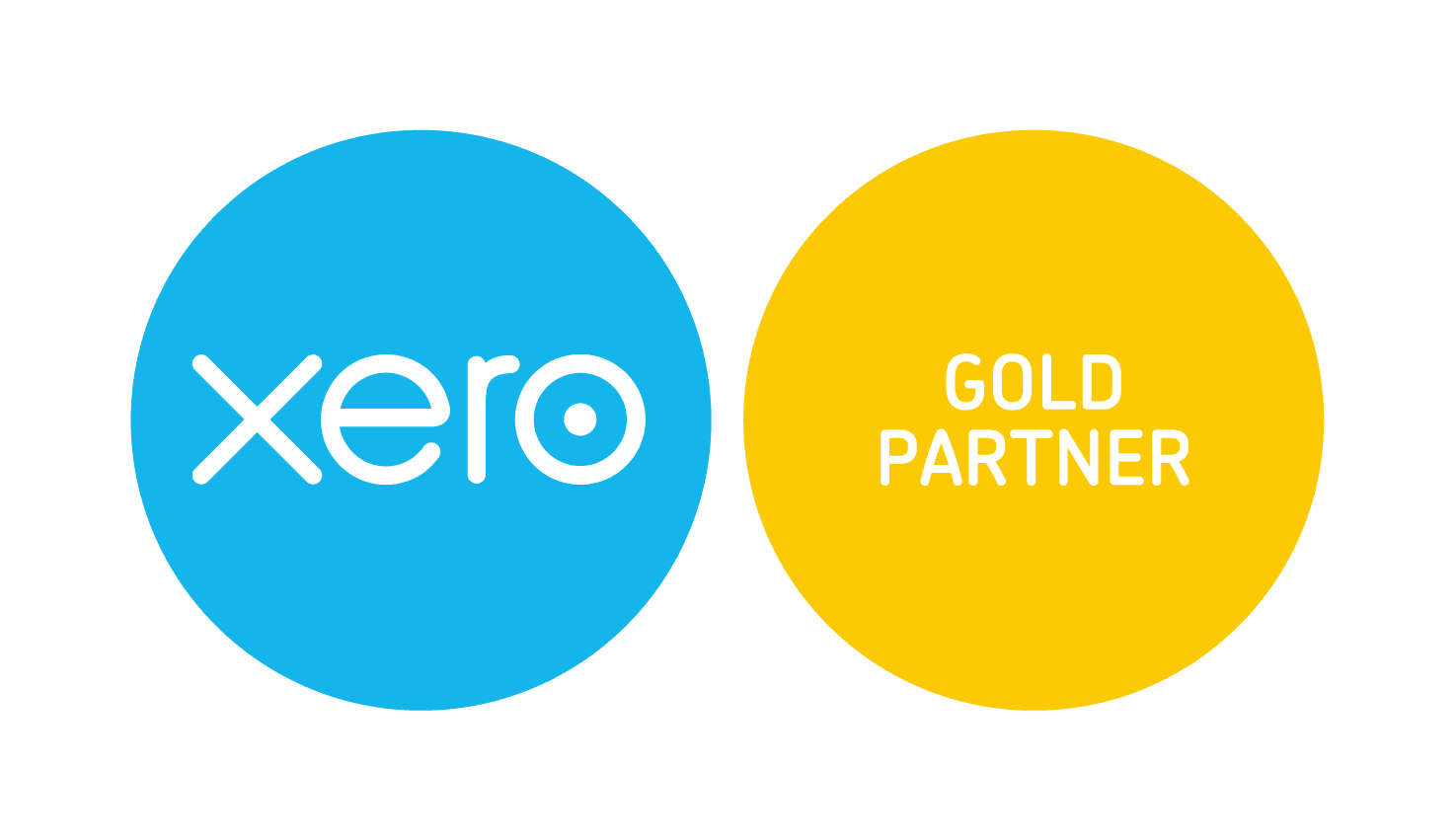Have you ever felt that feeling of panic, when you enter all your information into your accounting software and press the button to generate the VAT Return, only to be greeted with a report that is completely wrong?
Where have all your sales gone?
Why haven’t some of the purchases pulled through?
If you have experienced that situation before then it’ll probably be because you have used the wrong VAT rates.
Why doesn’t my accounting software deal with this for me?
The advantage of Excel is that all you need to worry about is whether something has VAT on or not. Nice and easy in theory.
However, accountancy software such as Xero or FreeAgent will require you to complete your VAT Return “properly” which means you'll have to use the correct VAT rates.
Xero will try to help by auto-selecting certain VAT rates for some expense codes, for example insurance will always default to exempt.
But due to the vast variety of different suppliers and services, these default codes may be incorrect, so it is always worth double checking.
Does it matter what VAT rates I use? Surely something either has VAT on or it doesn’t.
From the perspective of the VAT due, this is kind of correct.
Selecting exempt over zero rated will not alter the amount of VAT that you pay over to HMRC, but it will affect the information that you send over to HMRC when you submit the VAT Return.
As part of their internal checks, HMRC will compare the sales declared on the VAT Returns to the figures submitted on your accounts. So, any large discrepancies could be flagged up and trigger an investigation.
Something that could be extra annoying if your VAT payments are actually correct.
So, what are the VAT rates and when should you use them.
No VAT
The No VAT rate is nice and simple.
This is for the purchases/money that leaves your business that will never have any VAT applied to them and therefore do not need to be declared on your VAT Returns.
This will be items such as bank transfers, wages, dividends and tax payments.
Things like that.
Standard rate – 20% VAT
In theory, all your suppliers who charge standard rate will issue you with an invoice or a receipt that shows the amount of VAT deducted.
Standard rate should cover any transaction unless it falls under one of the other categories, which I know sounds obvious! But you’ll probably find that the bulk of your purchases are standard rated.
Reduced rate – 5%
There are a couple of purchases that you may make that will have a reduced VAT rate applied.
For most businesses, this will be your light and heating bills.
Zero rate – 0%
We are now entering some of the more tricksy areas of VAT.
Zero rated sales and purchases are those which have VAT on them, but it’s at a rate of 0%. So, it’s not technically VAT free and this is the reason why these transactions need to be pulled through onto your VAT Return.
On a day to day expenses point of view, zero rates expenses include:
- Train travel
- Flights
- Books and newspapers
- Children’s clothes and shoes
But if your business sales goods outside of the UK, you will also need to zero rate:
- Goods exported to non-EU countries
- Goods supplied to VAT registered EU Businesses
If you make a sale to a non-VAT registered EU business or a general member of the public, this will be standard rated.
Exempt – VAT free
Transactions that are exempt from VAT are those which you’d think would have VAT on them but have been excluded from the systems. For this reason, like with No VAT items, they do not need to be shown on your VAT Return.
Examples of exempt expenses are:
- Insurance
- Finance and credit charges
- Royal Mail postage
- Subscriptions to Membership Organisation.
So if you do find yourself with an incomplete VAT Return once all your information has been entered, it may be worth taking a look at the VAT rates.
Chances are, the missing transactions will be hidden amoungst the No VAT and exempt entries.







